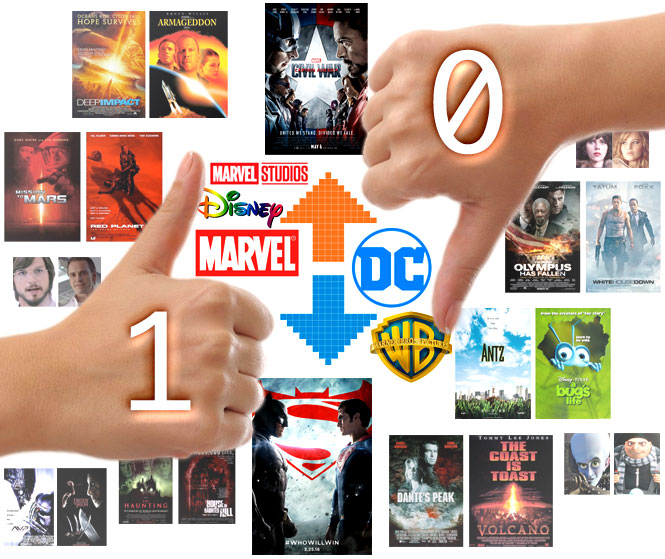How Haste Hurt the Heroes in Batman V. Superman: Dawn of Justice (2016)
The Preemie Justice Teamie
Six months after the announcement of the movie, in January of 2014, Batman V Superman was pushed from it’s original summer 2015 release date to May of 2016. This release delay translated to a three year gap between DCEU releases. Would the Dawn of Justice portion of the movie—the “Metahuman Thesis” universe setup scenes as well as the introduction of the Wonder Woman and Doomsday—be the result of this delay? Entertainment Weekly posted an interview by Jeff Labrecque with Dan Fellman, Warner Brothers’ president of domestic distribution in the article “‘Superman’ versus ‘Cap’: The superhero showdown that everybody won,” revealing the strategy for the initial release date move was very much driven by counter-punching with Marvel Studios:
Marvel had announced May 6 first, but initially it was reserved for an untitled superhero film. Warner Bros., armed with its two biggest comic-book characters meeting for the first time on-screen, didn’t hesitate to trespass when it pushed back Dawn of Justice‘s original release date from July 2015. “In terms of going back and reviewing the situation, it looked to us—and maybe our reconnaissance wasn’t great—that they were not going to have a movie [ready] on that date,” says Fellman. “Just that they held onto it and they might not be able to deliver. But they took another position.”
That other position was solidified when Winter Soldier opened to critical accolades and more than $713 million globally, surpassing the total take for Man of Steel. Once Marvel announced that Cap 3 was the MCU film set for May 6, the showdown got serious—and potentially very costly for both sides.
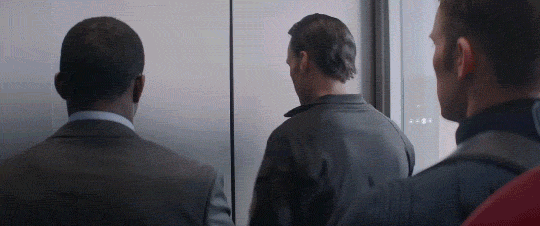
A similar logical, competitive choice without concrete proof is presumed on behalf of Marvel Studios in slotting Captain America: Civil War as the untitled Marvel picture scheduled on May 6. Marvel announced the movie’s title, invoking the title of one of Marvel’s best-known iconic original superhero team-up/battle storylines. Patrick Brzeski of the Hollywood Reporter snagged an interview with Joe Russo, director of Marvel’s May 2016 release of Captain America: Civil War, that reveals a clue to the movie’s origins as answer to WB’s announcement:
…For our part, when we finished Winter Soldier two years ago and we were thinking about doing the next one, the only thing that seemed interesting to us was to deconstruct the Marvel Universe — because where else can we go at this point? There have been 11 or 12 movies so far, all with a fairly traditional structure. Our pitch to them was: People will tell you they love chocolate ice cream — until you give it to them five days a week. It’s time to give them some rainbow sherbet. Kevin [Feige] is a maverick and he’s very sensitive to how people are responding to his content. He said he thought we might be right. And after they announced Batman v. Superman, he said, ‘you guys are absolutely right.’ We needed to do something challenging with the material or we were going to start to lose the audience.
Did Marvel already know, as we’ll see later, that a “deconstruction” piece was in the works over at Warner Bros? Be it deconstruction themes or the spectacle of a story of heroes pitted in team-rending battle (in some ways, much the same thing), again Hollywood has found a common rope-bone over which to wrestle. Further elucidating the flow of idea direction for these massive studio-supporting tent-pole releases, Mike Sampson of Screencrush.com followed up with the writers of Civil War, Christopher Markus and Stephen McFeely, to discover how the movie transformed from its initial focus on an individual Captain America story to the team-up event the movie became:
“It never got to draft. We started out working on a Captain America 3 and what would that be, picking up the thread that had been left behind by Winter Soldier. So it was Bucky, it was Steve and the ramifications of digging deeper into that relationship.”
It seems very much like more of a direct sequel to The Winter Soldier that would’ve served as a standalone tale focusing on Cap and Falcon and their search for Bucky. But, Markus says that as they working on their movie, Feige came into their office and just said two words: “Civil War”.
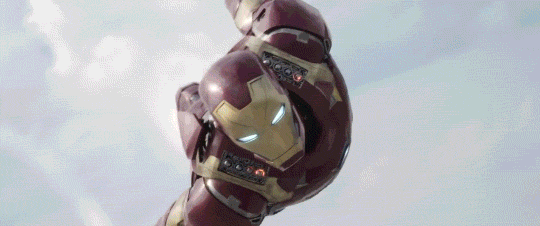
In the aftermath of the announcement, it became clear that both Warner Bros./DC and Disney/Marvel Studios had staked claim on the same release window, with the same type of movie. Marvel President Kevin Feige had transformed an individual Captain America release into a competitor for a team-up pic at a competing studio (spending a great deal more on the movie in the process by securing the involvement of Robert Downey Jr. to reprise his role as Tony Stark/Iron Man, and working out a deal with Sony/Columbia to use Spider-Man in the Marvel Cinematic Universe). Eventually Warner Bros. would cede the May release date to Marvel/Disney in an announcement made in August of 2014, moving the release date of Batman V Superman up to March 2016, and adding a full slate of untitled projects to their DCEU roadmap for years to come.
By the time January 2015 had rolled around, a series of news stories derived from an anonymous image post on reddit seemed to indicate that one of the primary premises of my piece was coming true: the story of Batman V Superman: Dawn of Justice was turning out to be too big to be done properly in one movie. The Nerdist ran the story, with an appropriate amount of skepticism, in a story titled RUMOR: New Image Suggests A Dc Movie Before Dawn Of Justice. Forbes contributor Scott Mendelson, previously quoted in response to the expectations for Man of Steel (as well as many other voices across the internet) cried out in protest, penning an article titled Splitting ‘Batman V Superman’ Into Two Films Is A Terrible, Horrible, No Good, Very Bad Idea. Suddenly an image… captured from a teaser… that was part of a test-screening… was drawing unexpected negative PR. Unfortunately, I’m left to wonder if internet response to the rumor steered the studio away from what, to me, may have been the right choice for the multiple stories in the final released movie.
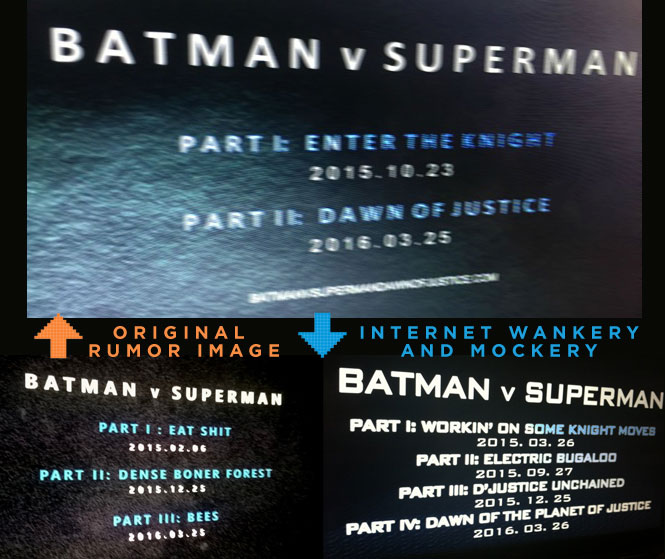
As a key tent-pole release not only for the DC Extended Universe, but also the studio’s financials, the pressure could not be greater on the work, previously announced as a single film. Announcing a change in those plans may have been the better choice for the result (and seems plausible to be something that was considered), but would have presented significant PR challenges in assuaging both audiences and investors. WB confirmed it had elected to take the work in progress and make it accomplish its goals in one movie. In an interview with The Hollywood Reporter in August of 2015 by Stephen Galloway titled Warner Bros.’ Chilly Summer Puts Execs in the Hot Seat (Analysis), chairman and CEO Kevin Tsujihara would downplay the importance of Marvel’s influence, and instead point to the initial release delay as the result of a movie that had been targeted to be made “better,” for a franchise first, DC comics second, and, finally, the movie itself:
[Tsujihara] says this summer would have looked better had Warners not pushed Zack Snyder’s Batman v. Superman: Dawn of Justice from July to March 2016. “It was a tough decision at the time because it was going to create a hole in 2015,” he says. “But it was absolutely the right decision for the franchise, for DC and the movie. Having seen the movie multiple times, and again last night, I’m extremely confident it was the right decision to make the movie better. And it’s so important for the studio to get the foundation right on DC.”
Did the extra year added on to production signify a shift in priority from a Batman V Superman story to a Dawn of Justice, one debilitatingly concerned with universe-establishing scenes? Or did Zack Snyder push for a way to include his ambition of adapting The Dark Knight Returns into an original Dawn of Justice intention, as his quotes might suggest? Either theory seems reasonable, considering that Warner Bros. filled out their announcement slate in a shareholders’ meeting a mere two months later, announcing two Justice League movies, also directed by Zack Snyder, to immediately follow Batman V Superman… one in late 2017 and the second in 2019. Whichever part of the amalgam of Batman V Superman: Dawn of Justice was developed first, the movie would have to serve as the bridge into Justice League for all its included characters: except for the Suicide Squad and Wonder Woman projects, all other movies would come after the Big Team-Up.
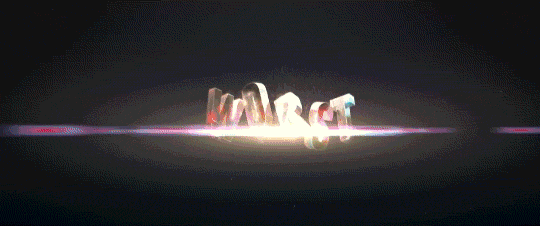
This is how a movie initially delayed a full year could be subject to a less-than-optimal result because of a hasty process: not because the initial Batman V Superman team-up was premature, because although it may have been, it still had a chance to succeed, and had all the elements necessary to do so. The haste comes in the third act of the movie, and in how it compressed the rest of the film with its conclusion. Movie Poster Critic guys sums it up nicely:
Warner Bros/DC have panicked due to the phenomenal success of Marvel/Disney and have opted for a quick-fix at the global box-office rather than patiently building a franchise. It’s a shame Warner Bros/DC can’t simply bite their collective tongues and admit defeat while steadily building for the future.
At this point, they will always be second-best because Marvel had a long-term plan and were dedicated to its implementation over several years. The strategy has paid-off dividends but this type of sustained success is impossible to maintain and Marvel’s popularity will eventually falter when they exhaust their primary roster and audiences look for something new.
If Warner Bros/DC accept that this is Marvel/Disney’s moment, they completely ease the pressure on themselves needing to deliver immediate results. In turn, this will allow them a sufficient amount of time to develop a long-term Justice League plan that has been carefully nurtured and not rushed in a desperate attempt to compete with their rivals.
The prescient post quoted above was written in 2013, and Warner Bros/DC did not follow Movie Poster Critic’s advice. This has become very clear by seeing how many characters and elements were introduced in Batman V Superman, culminating in the third act. However, by fingering the influence of the studio’s ambitions, I don’t mean to suggest the hoary old cliche of studio interference, as you see famously reported by deleted tweets by director Josh Trank himself, in the case of Fox’s Fantastic Four (2015). I believe everyone at WB including Zack Snyder was aligned in their desire to tell an effective team-up story as quickly as possible. And, in truth, they may be successful in that long-term goal… at the expense of the reception to Batman V Superman: Dawn of Justice.
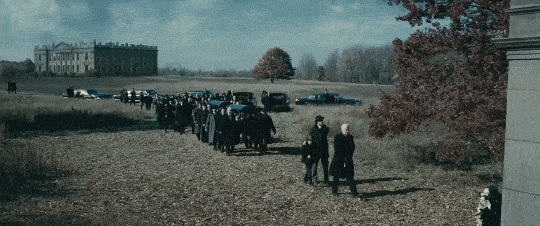
That’s why executives and director were still united, focusing on Justice League, moving forward… at least, up until the reception to the movie across all sales channels was clear. As reported in the review of the Ultimate Edition on YouTube by the channel GoodBadFlicks, it was rumored that WB executives gave Batman V Superman: Dawn of Justice a standing ovation when they saw the original cut, before brutally cutting the film further for its theatrical release. To me, using pure conjecture, this speaks to me of executives focused for too long on the goal of introducing the team-up concepts in the film, myopic to its faults in pursuit of this goal. This is even understandable, considering how the movie has significant uncelebrated merits, as well.
Advertisement

